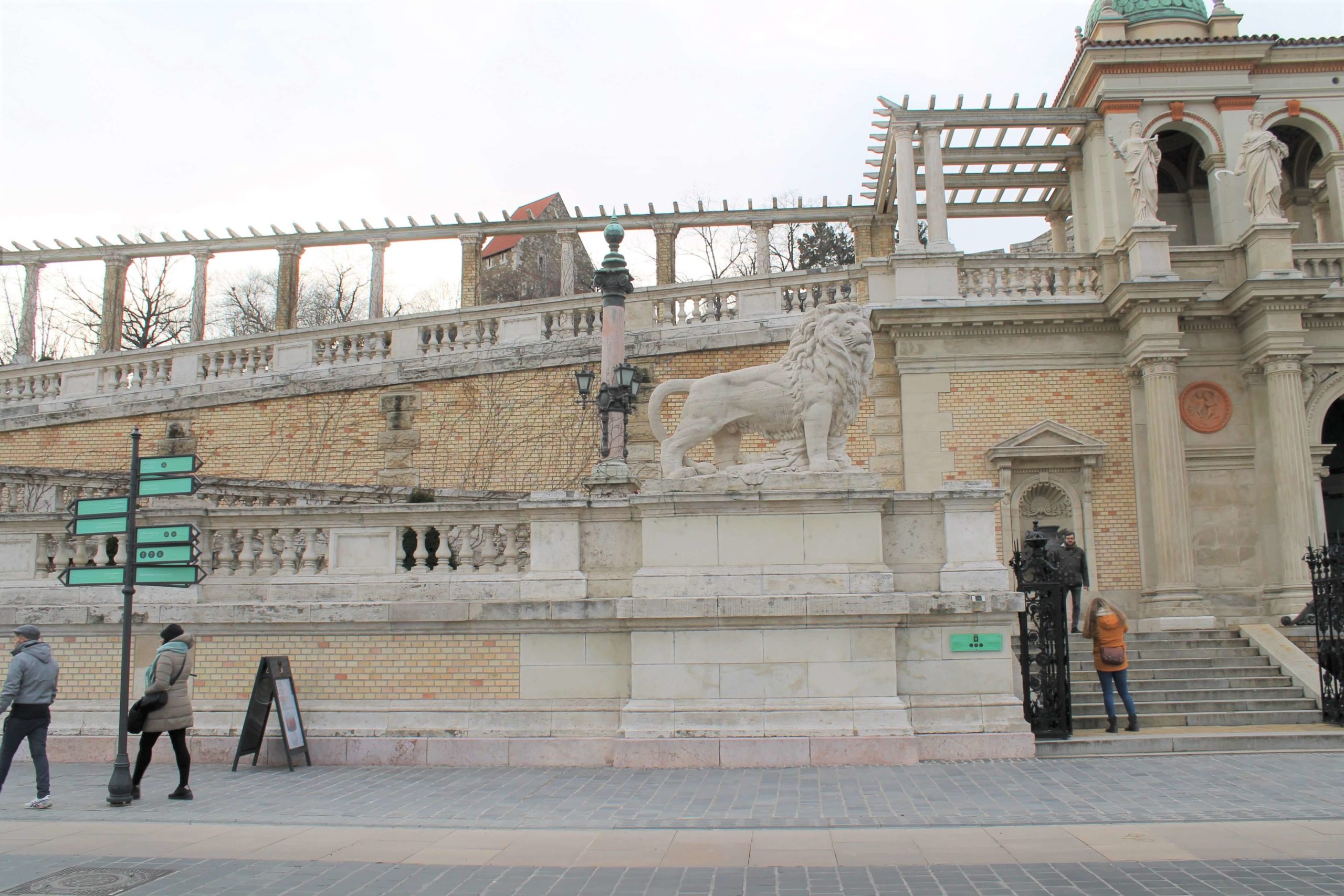by Karen Kiss anthropologist/archivist from Hungary
The Buda castle in Budapest is an ideal tourist site. Visitors can enjoy a spectacular view of the city while wandering around the castle and its surrounding area. The complex is on top of the Buda hills, towering over Budapest. Many of its buildings are bright in freshly painted colours, taking anyone who passes them back in time, into a picture book version of the turn of the century Budapest. The illusion only breaks when coming across one of the many construction sites spotted around the complex. These are signs of the currently ongoing, major restoration and reconstruction project of the castle. It focuses on restoring the buildings into their state in the late 19th and early 20th century. Work on the site was timely; it was heavily damaged in World War II, with an incomplete and limited restoration project in the 1960s. The current work on the castle has received strong criticism form architects, heritage professionals and many others. Why does a much-needed project cause such controversy?
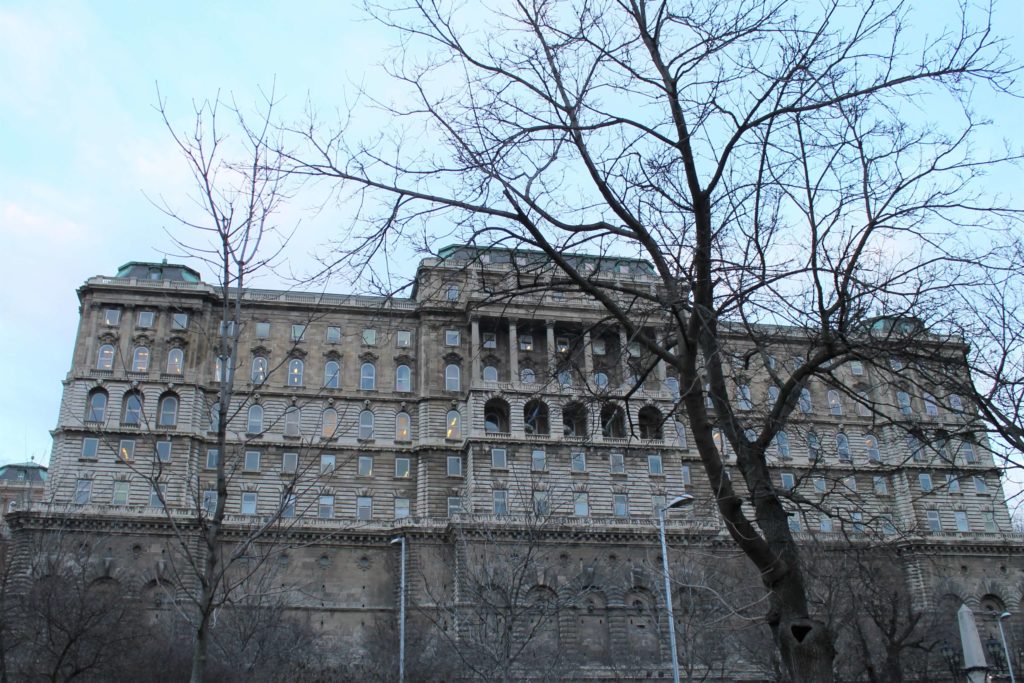
HISTORY
To understand the issues around the current project, it is important to sketch out the brief history of the site. The Buda hill has been the site of the royal palace since the middle ages; however, it went through several alternations and even relocations. It gained its current neo-baroque face during the extensions and alterations designed by renowned architect Alajos Hauszmann between 1896 and 1905. This is the period the ongoing restoration project focuses on recreating. The castle was meant to be the alternative residence for Emperor Franz Joseph the head of the Austro-Hungarian Empire at the time. Despite the major constructions he never spent the night at Buda hill castle. After the collapse of the empire with no king to stay here, the castle complex became the government district under Regent Miklós Horthy. He led the country between 1920 and 1944 and is a controversial figure in Hungarian history. During World War II the complex was heavily damaged in the bombings with some buildings completely demolished. These damages were partly fixed during the 1960s restoration and reconstruction under the Soviet leadership of the country. However, this project, partly due to ideological reasons, did not restore the 19th-century elements to their ‘original’ glory. It was also around this time that many buildings of the complex were reutilised. For instance, the National Gallery and the Szécheny National Library moved into the main building of the royal castle itself. The castle district has since became a popular site to visit by locals and tourists alike and its many buildings housed several public cultural institutions. Since 2003 The Sándor Palace, which is part of the castle complex, became the Hungarian president’s official residence. Recently the castle gained further symbolic importance, with some of the current government’s offices, including Prime Minister Orbán’s, moving into the complex and the buildings surrounding it.
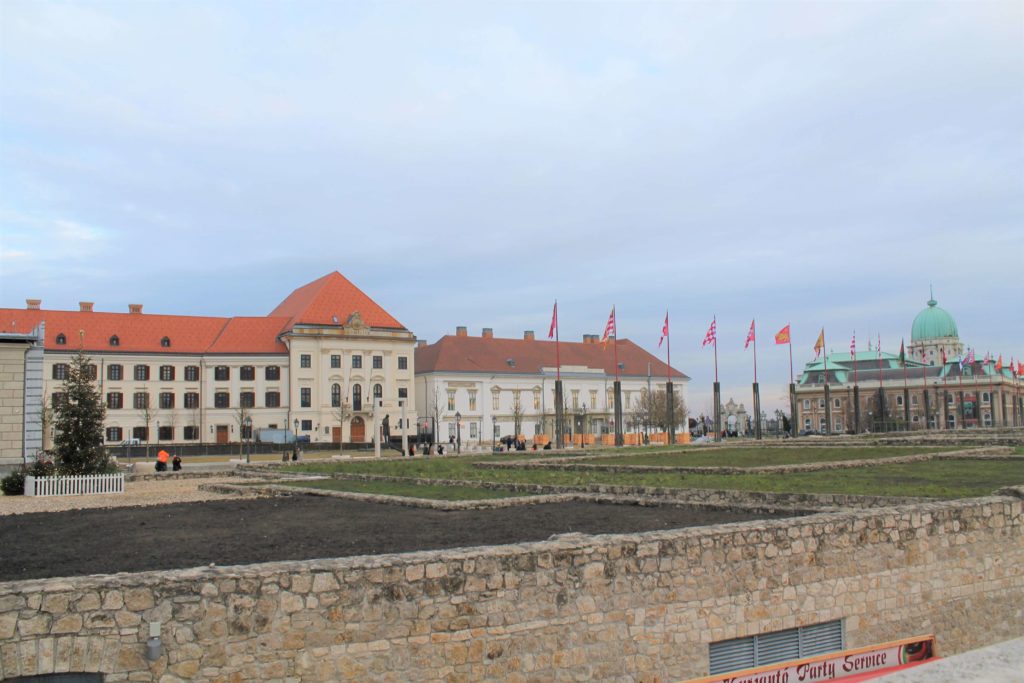
REUTILISATION
One issue that came up in the critiques of the current restoration and reconstructions works was the reutilisation of the buildings. As part of the current project, many of the cultural institutions housed here are planned to move or have already been removed from the castle complex. For instance, National Gallery and National Széchényi Library will need to relocate, while it is unclear what function their original space will serve. The Prime Minister’s office has also already replaced the National Dance Theatre in the so-called ‘Carmelite Monastery’ which is also part of the castle complex. It stands alongside the presidential Sándor palace. This practice was not only questioned due to the removal and in some cases replacement of public institutions, but also on infrastructural terms. Zoltán Erő, Budapest’s principal architect, argued, that the infrastructure of the castle hill already struggles to service the increased traffic due to the various government activities.
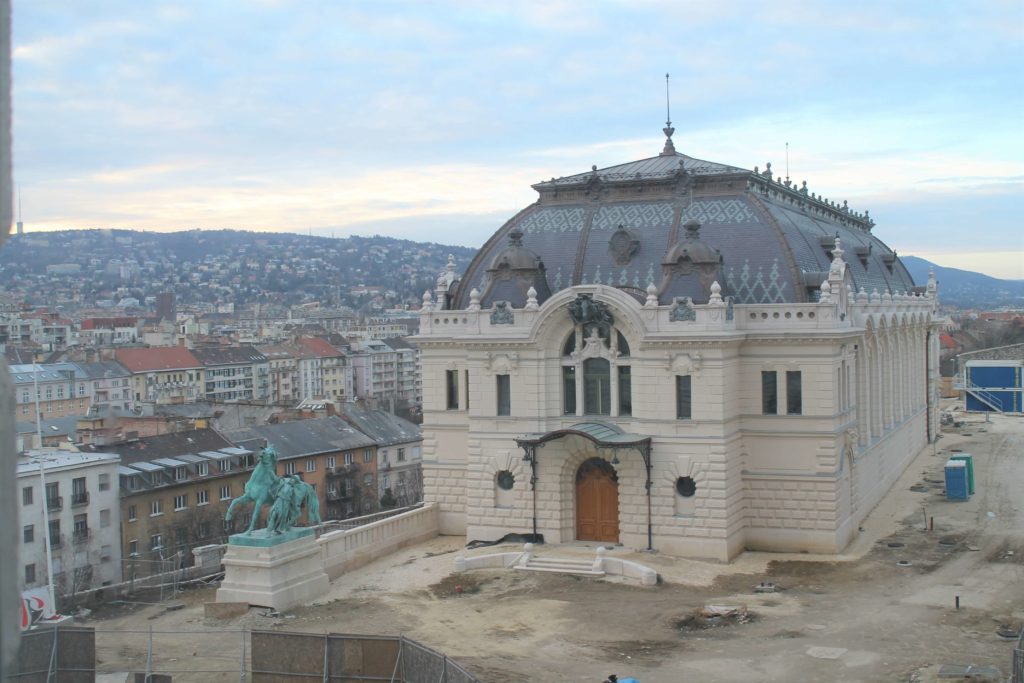
Another controversial case is the complete reconstruction of some buildings. An example of this is the Riding Hall, which was the training space of the horse guards of the castle during the Habsburg period. It was constructed as part of Alajos Hauszmann’s grand design. However, it was destroyed during World War II. The initial plan for the reconstructed building was to return to its original use and hold horse riding performances here. This would have been a tourist attraction emphasising Hungary’s horse breeding tradition However, during the construction, this idea was scrapped, seemingly due to the difficulties of keeping animals in such a setting. The Riding Hall is now planned to host events instead, although the building is not open to the public yet. The complete reconstruction of heritage sites in itself can attract sharp criticism. For instance, the 1964 Venice Charter advises against the full reconstruction of heritage sites. This approach has been followed by UNESCO throughout the 20th century, apart from a few exceptions, such as the historic centre of Warsaw after World War II. However, attitudes towards reconstruction have become more positive as many heritage sites across the globe fell victim to terrorist attacks and natural disasters in recent years. There has also been a movement towards redefining authenticity to fit more diverse cultural understandings. Those who support the reconstruction of the Riding Hall see it as an integral element of Hauszmann’s original composition, which was rebuilt after careful research into the original structure to make it as authentic as possible. However, the construction can also be criticised since it will not be able to fulfill its purpose intended at the beginning of the reconstruction process, decreasing the relevance of the building.
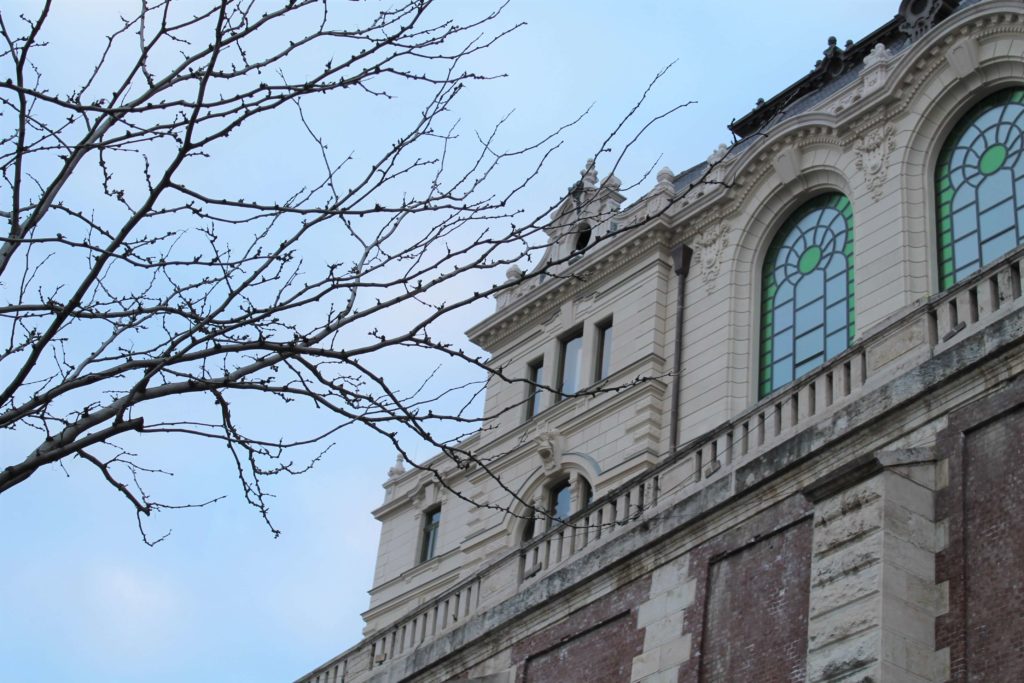
(RE)CREATING THE PAST
The reconstruction of the Riding Hall also represents another issue. The building, alongside many of the other newly restored sites of the palace district, is bright, clean and attractive to visitors. This approach emphasises complete restoration and ‘perfect’ surfaces, rather than a conservation-focused perspective. The latter would allow the buildings’ imperfections to remain visible as these are also part of its long life and history. The critics of this project do not only see this as a deviation from standard heritage protection practices. It is also seen as a representation of an idealised view of the past, which recreates a place that never really existed. This is also often linked with a nostalgia for the interwar period. While Hauszmann’s extension was completed before this time, the castle had heightened significance during Horthy’s leadership, who is a controversial figure in Hungarian history. This project also fits into a wider process of turning Budapest’s cityscape into its interwar state. One example is Kossuth Lajos Square, the site of the Hungarian Parliament. The square now features several recreated monuments, whose originals were installed during the interwar period recalling its pre-1945 state. The focus on this particular point of the castle’s life also represents debates around why specific periods are seen as more ‘authentic’ than others and whether these should also be considered when working with heritage sites.
There are many other issues to consider Buda Castle project, such as its financial aspects. However, whatever is one’s stance is on this case, it is an intriguing representation of many of the debates and questions arising during the conservation and restoration of heritage sites. It embodies issues around their (re)use, what is their ‘authentic’ state, and whether there is space for the reconstruction when working with historical sites.
XXXXXXXXXXXXXXXXX
